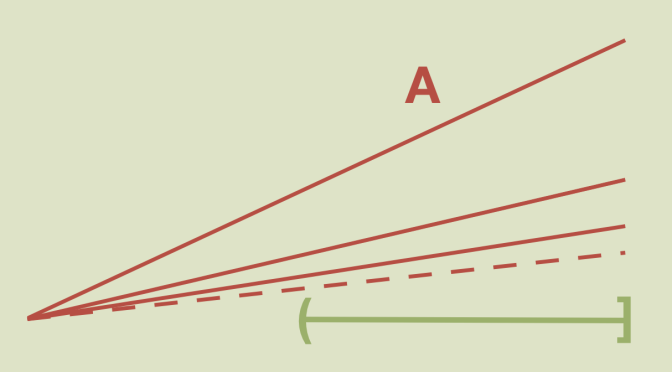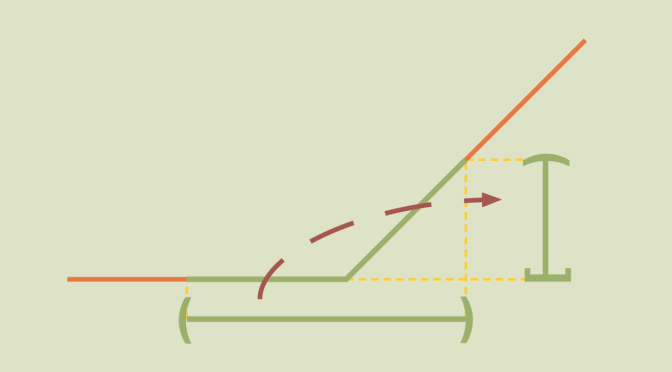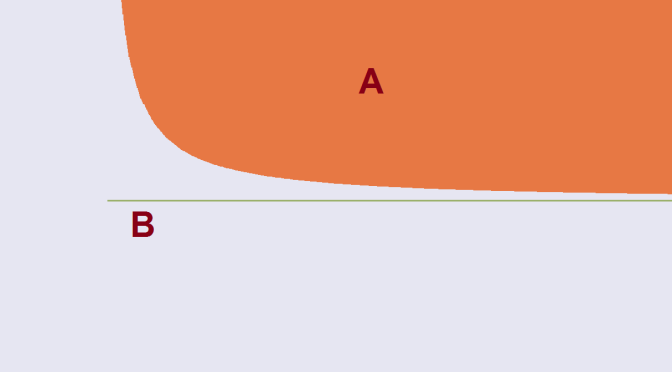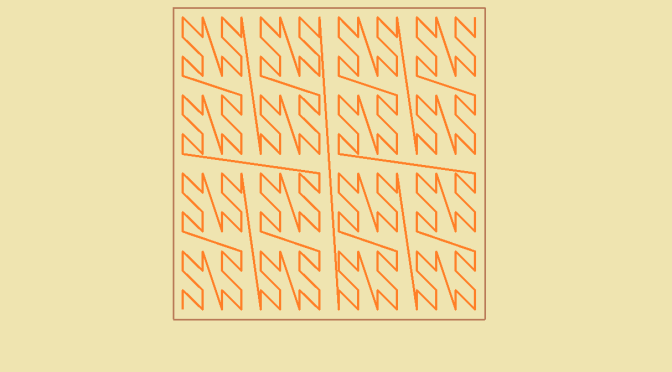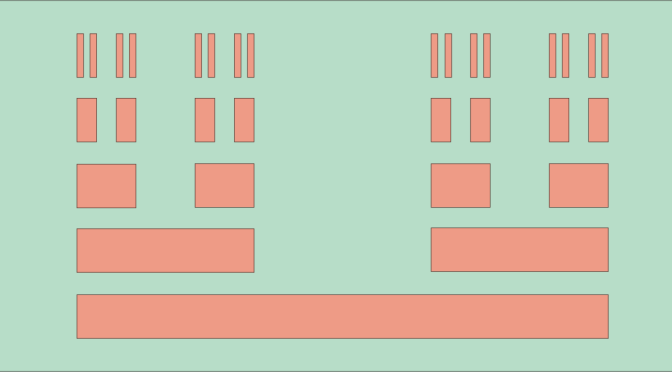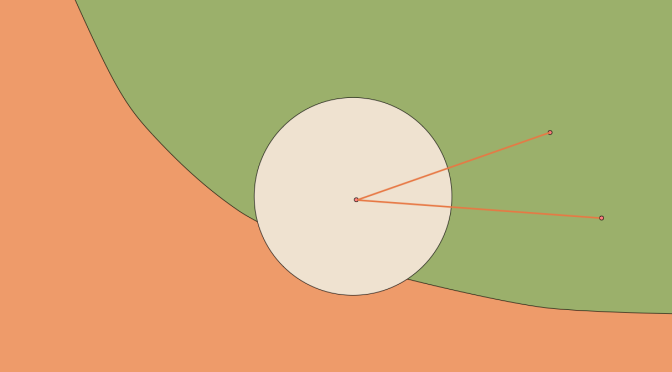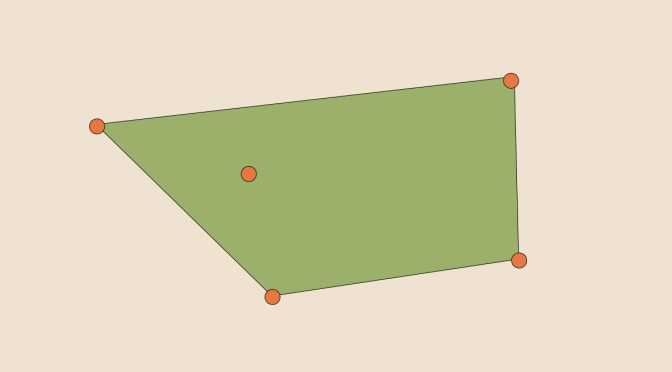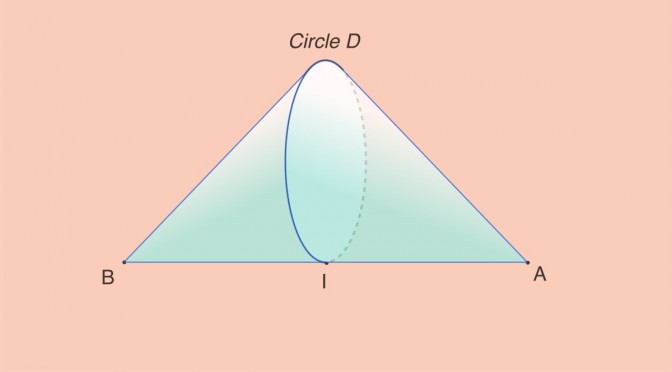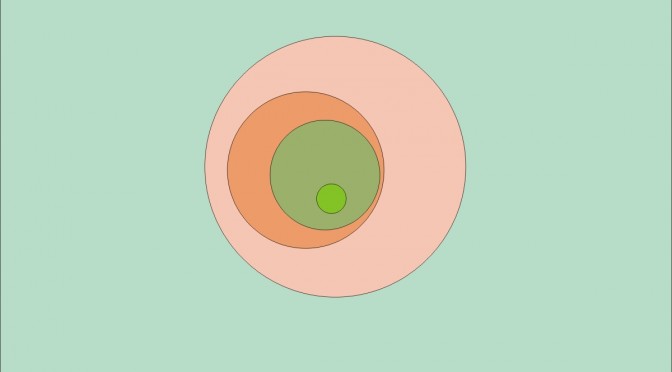In topology, a second-countable space (also called a completely separable space) is a topological space having a countable base.
It is well known that a second-countable space is separable. For the proof consider a second-countable space \(X\) with countable basis \(\mathcal{B}=\{B_n; n \in \mathbb{N}\}\). We can assume without loss of generality that all the \(B_n\) are nonempty, as the empty ones can be discarded. Now, for each \(B_n\), pick any element \(b_n\). Let \(D=\{b_n;n \in \mathbb{N}\}\). \(D\) is countable. We claim that \(D\) is dense in \(X\). To see this let \(U\) be any nonempty open subset of \(X\). \(U\) contains some \(B_p\), hence \(b_p \in U\). So \(D\) intersects \(U\) proving that \(D\) is dense.
What about the converse? Is a separable space second-countable? The answer is negative and I present below a counterexample. Continue reading A separable space that is not second-countable


